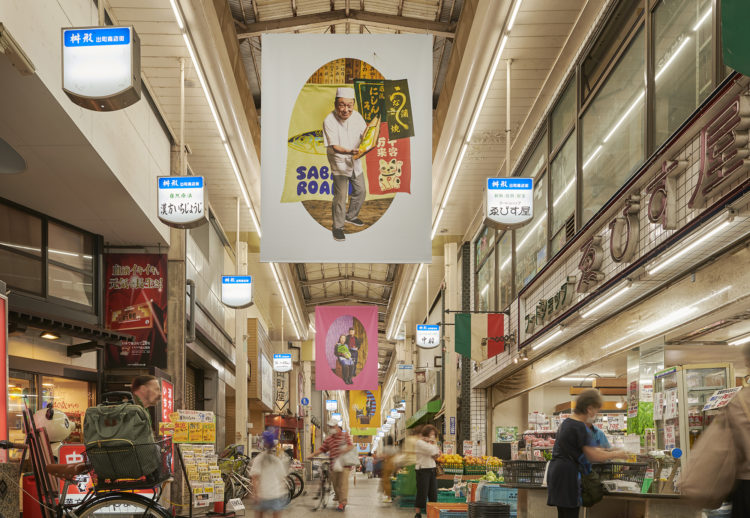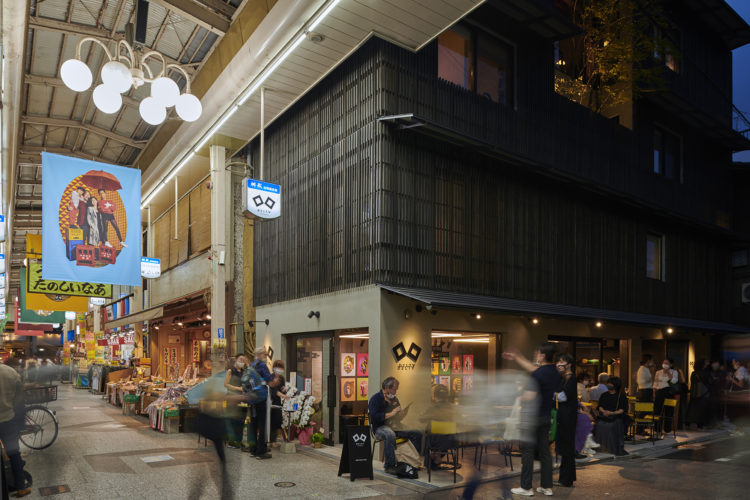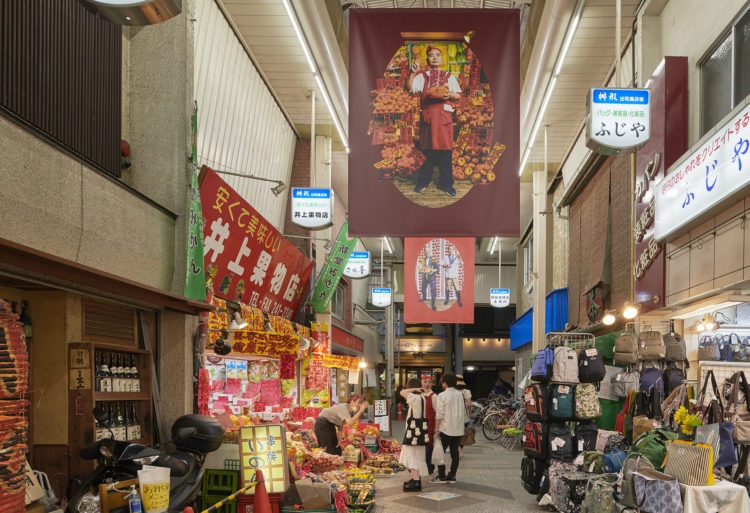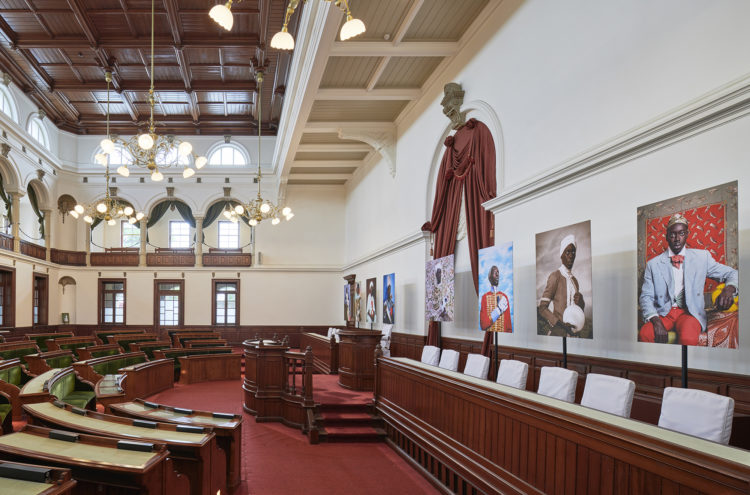In this pandemic year, the KYOTOGRAPHIE international photo festival, which normally takes place in springtime Kyoto right around cherry blossom season, was rescheduled for September 19th to October 18th 2020. For this 8th edition, the theme is “Vision”, because the founders, Lucille Reyboz and Yusuke Nakanishi feel that more and more of the world’s population is suffering from nearsightedness.
From their Japanese perspective, they have observed that our societies’ single-minded focus on profit and indulging in self-interest at any cost has led our society and environment to crumble, which is why they decided to commission photographers who have a unique point of view on what kind of future the world now needs to see.
One of the chosen ones is the Senegalese photographer Omar Victor Diop, a TRUE Africa favorite since we launched in 2015. Diop is known for his attention to detail, and his studio portraits (mostly self-portraits) speak, through vivid settings and vibrant colors, to the importance of African traditions. His take on African history tends to glorify the lives of historical figures without ever falling into the naïve exoticism that illustrates many of Africa’s ethnographic tales.
In the tradition of the great West African studio photographers of the twentieth century—names like Seydou Keïta and Malick Sidibé come to mind—Diop creates an atmosphere in his studio where the elaborate staging is made to feel less intimidating. Because so much of Diop’s photography is about heritage, and respect for elders and ancestors, a critic can easily spot his love of craftsmanship, which is why he felt right at home in Demachi Masugata, the smallish shopping arcade that is also one of Kyoto’s best known shōtengai.
As part of Kyotographie’s “Vision” theme, Diop cast various Demachi Masugata shop owners, and chose a selection of objects from their shops, for a series of oversize print collages that are currently hung in the arcade for the duration of the festival. As a lover-and longtime visitor-of Japan, I have always loved getting lost in shōtengai, those quirky neighborhood shopping streets that make for great people watching.
A couple of weeks before KYOTOGRAPHIE opened, I caught up with Diop, to discuss Japan, Africa, and everything in between.
How did you select the historical black figures that inspired your critically acclaimed self-portraits from the Diaspora series?
I was introduced to the families and their businesses on the first day of my trip to Kyoto by the KYOTOGRAPHIE team. I knew that I wanted a representative sample of the great diversity within the community, but I also wanted the process to be open. Hence, all the families that graced this portrait gallery with their faces volunteered. This makes the series even more special to me, because all the people who came to the studio are active participants in the project, which is an honor.

Many of these old style shopping arcades, called shōtengai, have been destroyed and replaced with malls and new developments. What is it about the history and character of this particular shōtengai that you found inspiring?
To be honest, it’s only a few days into the execution of the project that I realized that this particular shōtengai was special, thanks to the conversations I had with the families and other members of the local society. I feel privileged to be a witness and a portraitist of a community of merchants who do a lot more that sell everyday groceries and second-hand books. I have joined a community that strives to maintain traditions and social links between neighbors, while defending economic interests and exquisite traditions. That’s the magic of a good old photography festival: it’s about celebrating social interactions, documenting people and their love for their culture.

You showed me a self-portrait that illustrates the contrast between Japanese settings and African identifies. What are the similarities you found when comparing Japanese and Senegalese traditions?
I was genuinely surprised to see that there are probably more similarities between my Senegalese culture and Japanese culture than there are differences. If I had to put it in a very simple way, I’d say we care about our neighbor. We wake up every morning feeling grateful that we have work to do, and someone to care about. The moment that struck me the most is the morning, with the same rituals you would see in a Dakarois market, the smiles and small talk between the merchants, the little attentions to the regular customers. This made me feel like Dakar.

How did you select the historical Black figures that inspired your critically acclaimed self-portraits from the Diaspora series?
I like to say that I didn’t choose them, they revealed themselves to me. After I discovered the portrait of Jean Baptiste Belley, a former Senegalese slave who ended up being a member of France’s first parliament after the French revolution of 1789, I knew that he was not the only African who was an unsung hero that existed during the period I decided to study, namely the 15 to 19th centuries. I just kept an open eye, and soon, I uncovered a long list of African diplomats, politicians and artists that needed to be remembered and celebrated.

